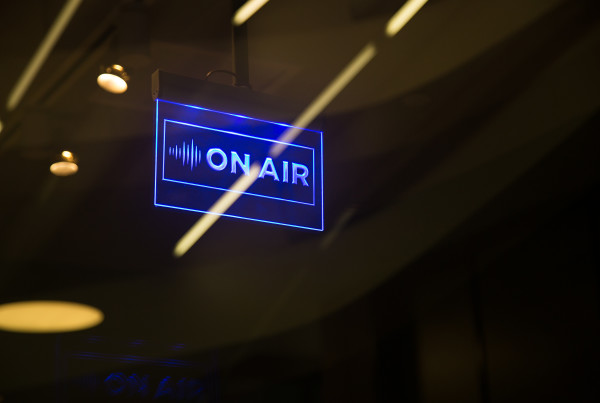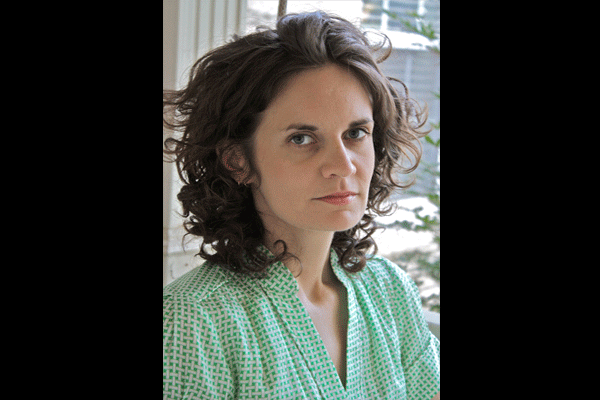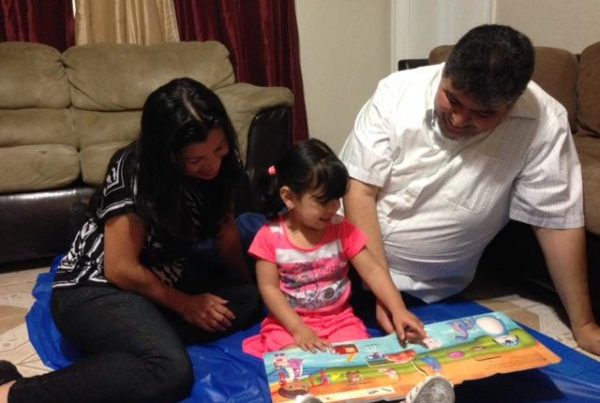UT Professor Eric Tang surveyed 100 African Americans who have left Austin since 1999. Most had moved to the suburbs. But were they pulled to new opportunities or pushed out?
“What we found by and large is that most families felt that they were pushed out,” Tang says. “In fact only 7 percent said they moved to the suburbs to take advantage of a new job.”
More than half of those surveyed said the cost of living in Austin had gotten too high. A quarter said they left seeking better schools for their children. But some didn’t find access to other amenities after their move.
“It is interesting that those who moved east tend to have less access to health clinics, supermarkets,” he says. “They have less access to public amenities whereas those who moved north claimed to have better access.”
Darwin Hamilton moved North. He now lives in Pflugerville – but he grew up as a fifth generation Austinite. He lived in East Austin for more than 30 years.
“My father bought a house next door to his mothers house… So that was In the early 70s right around the time I was born in 1973,” Hamilton says. “That was our family base so to speak to have your grandmother right next door to where you grew up. I always played in my yard and hopped the fence and played in my grandmother’s yard. And that was always very fun times as a child to grow up there.”
Hamilton didn’t move because he wanted to. In 2005, he says he was forced to sell his East Austin house because of a city’s redevelopment plan. His current house is bigger and newer – but he says it’s not really home.
“This is just where I live but East Austin is home because that is where my heart is. It is very near and dear to me,” he says.
That’s in part because Hamilton and others like him left behind community networks.
Lisa Byrd is the Executive Director of Austin’s African American Cultural Heritage District.
“It is the culture and cultural amenities that tie people to place,” Byrd says. “And so whether you are here in Central East Austin, where those cultural amenities have been pretty much destroyed – or if you are in Pflugerville or Round Rock, where there aren’t any African American cultural amenities then you are not tied to any place. And so it is kind of a floating population.”
The shift is most dramatic in Austin, but the demographics are also changing in some Houston neighborhoods. In the third ward, the African American Population declined more than 10 percent between 2000 and 2010. Lloyd Potter is the State Demographer.
“Houston has been very active in terms of trying to redevelop or develop in downtown areas,” Potter says. “That then has made the property in these previously low income, low property value areas much more attractive.”
One of the most powerful figures highlighted in the new report on Austin’s rapidly vanishing African American population – is that many former residents say they would return if given the chance.
Tang says their continued exodus is an indicator of the growing economic and racial inequality in the Texas Capital city.















